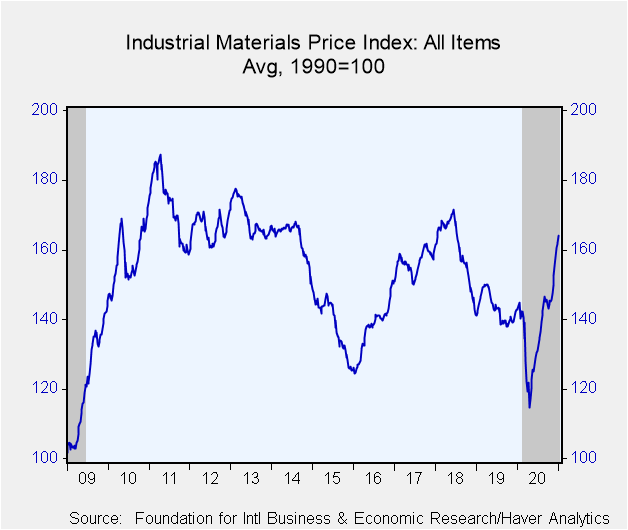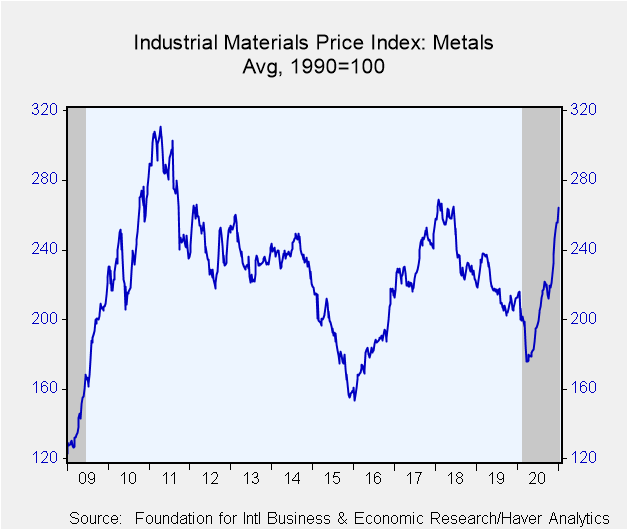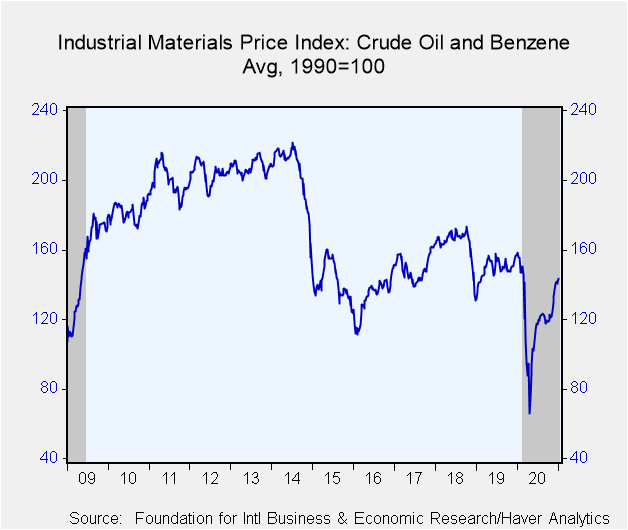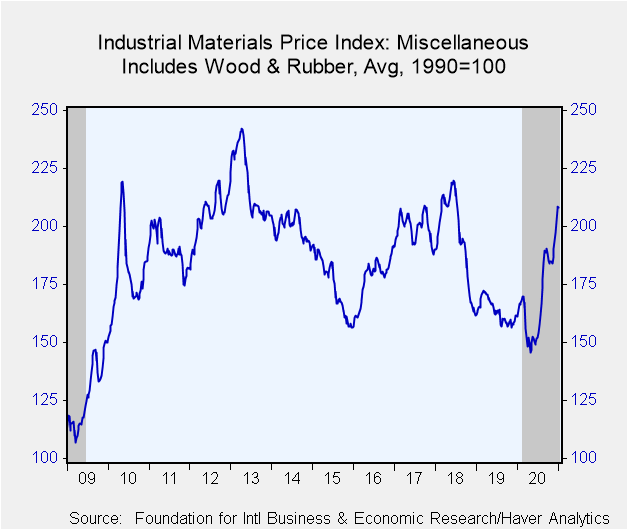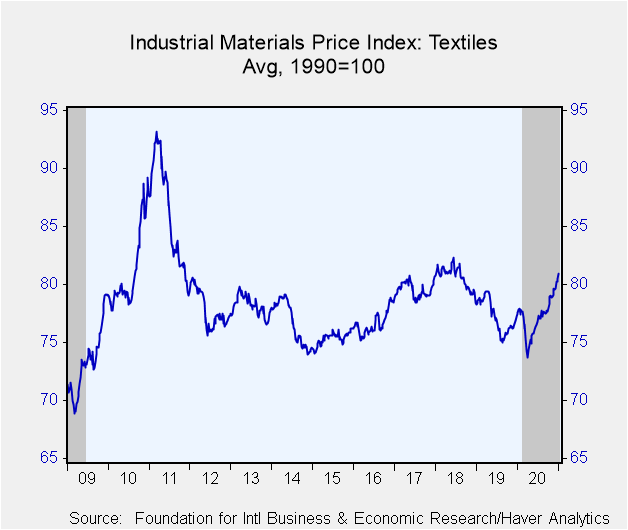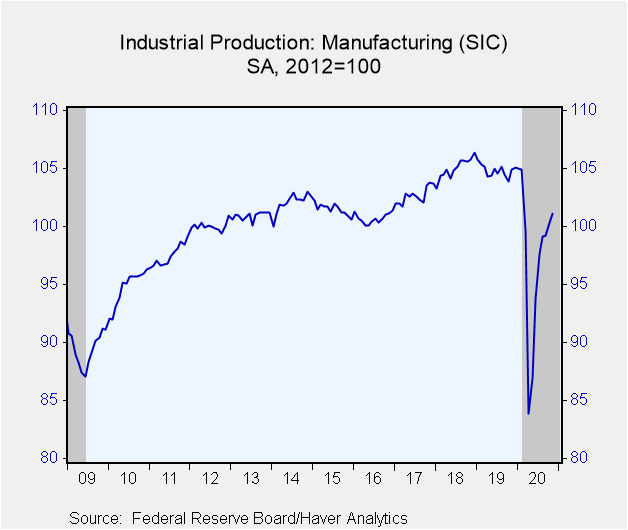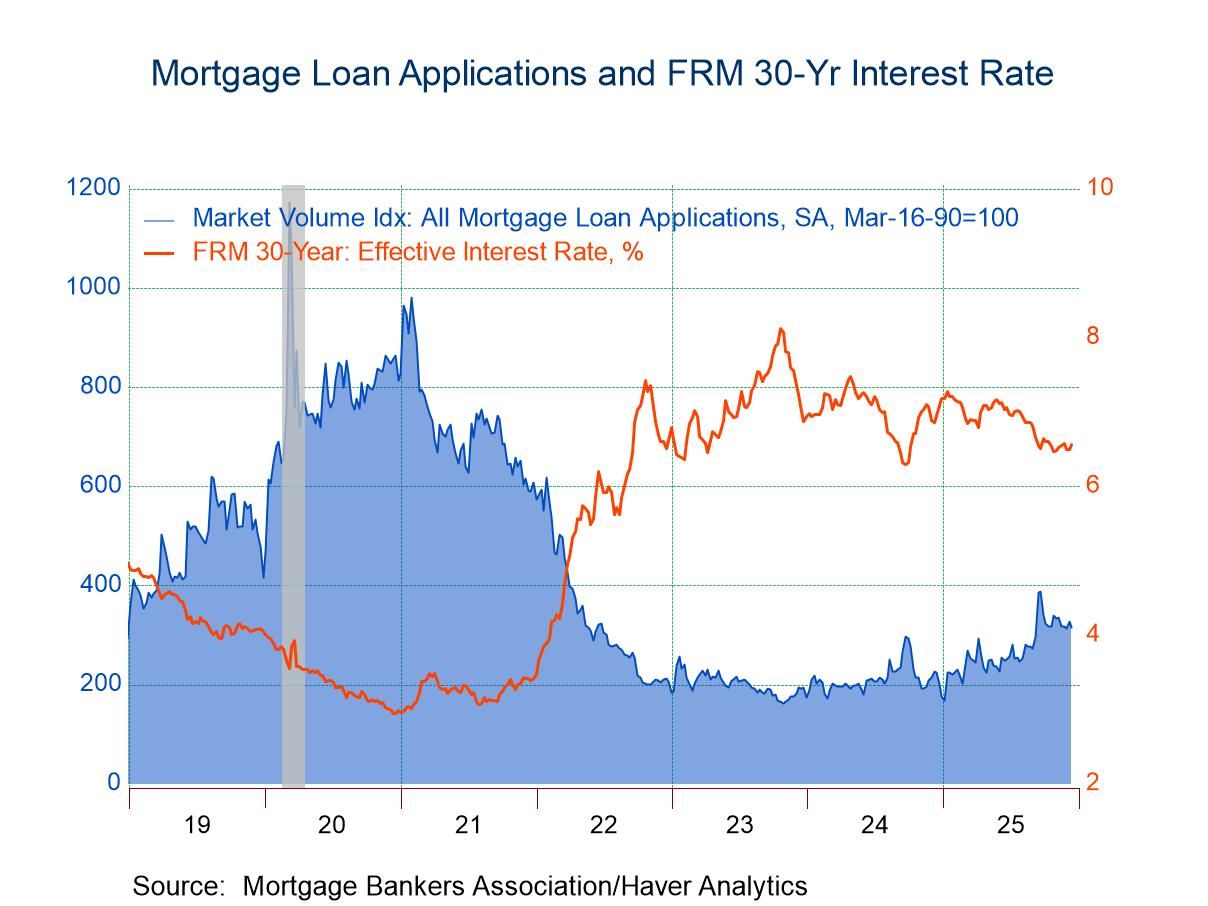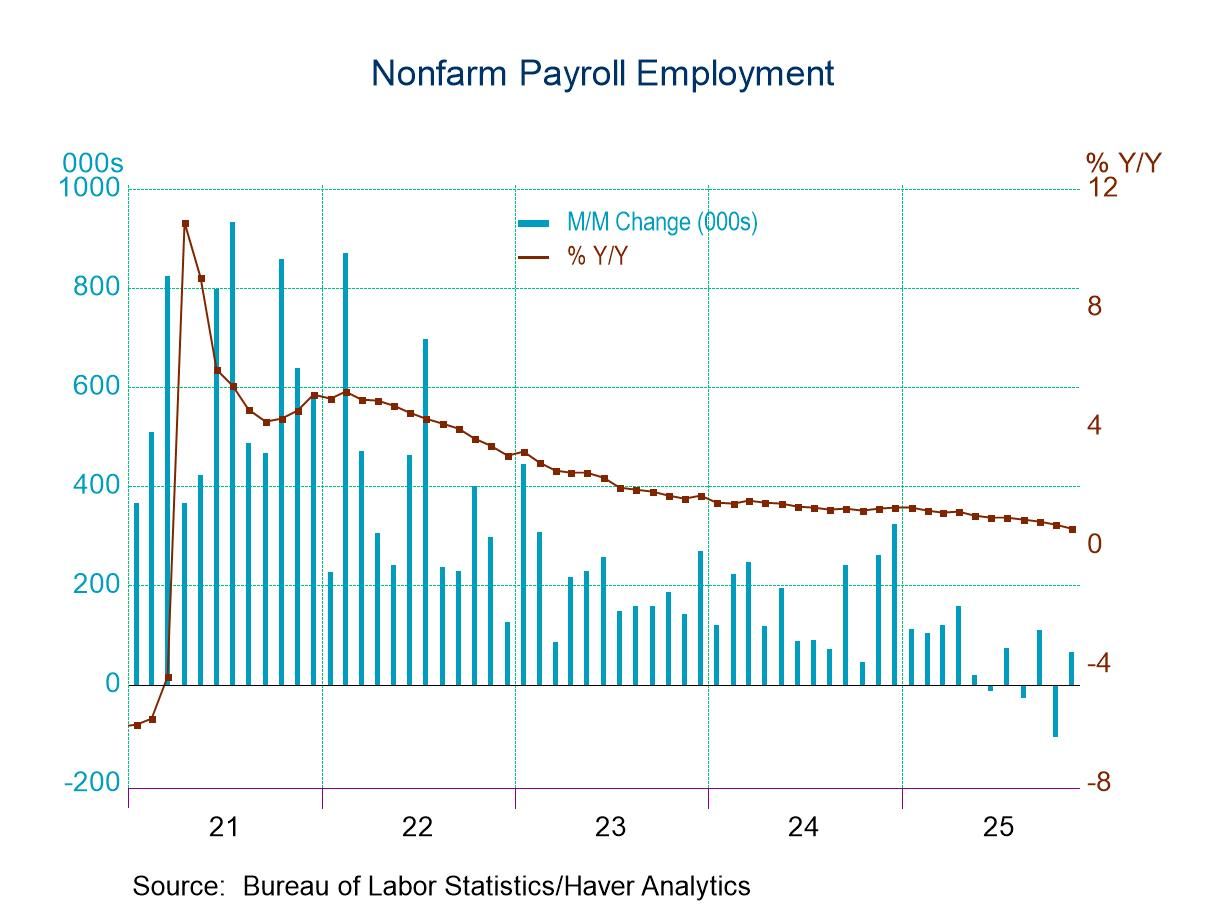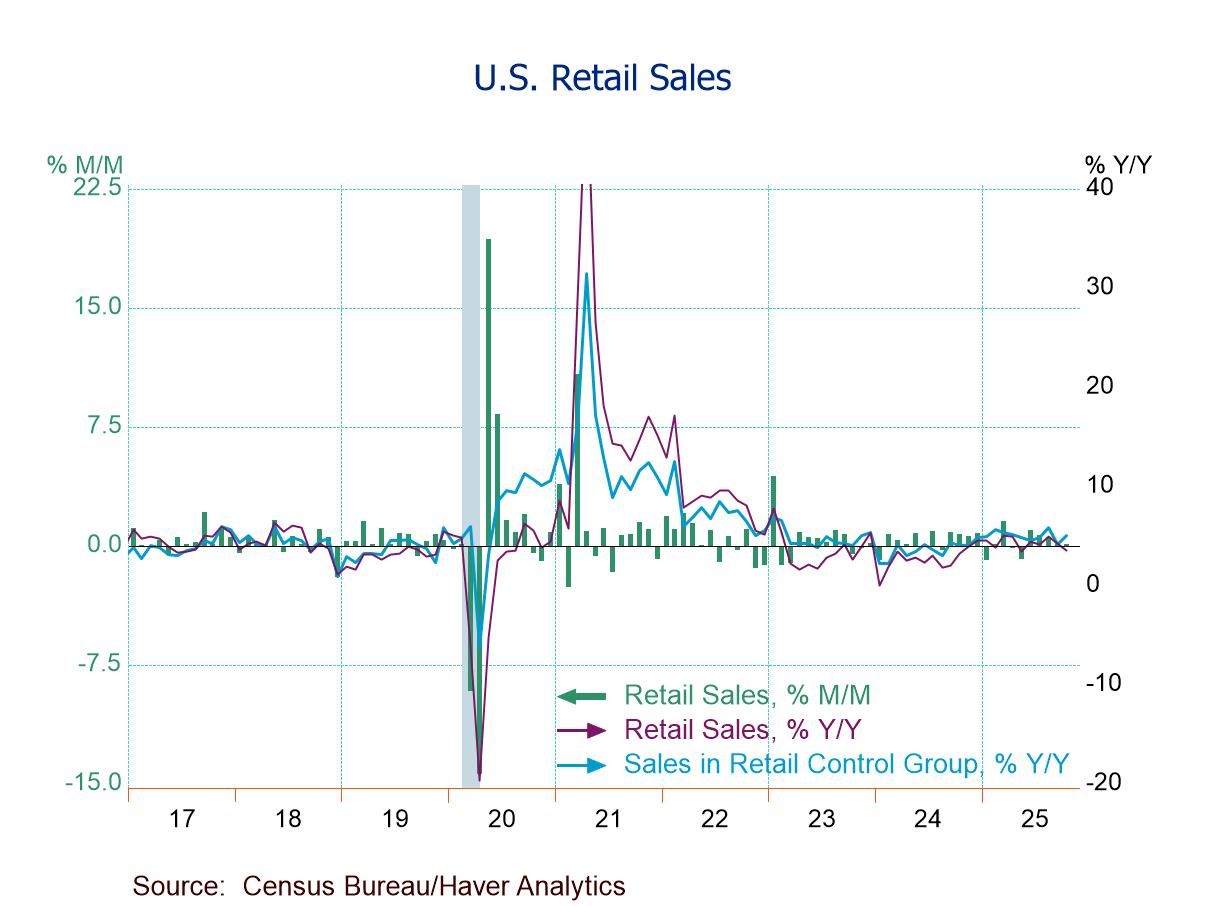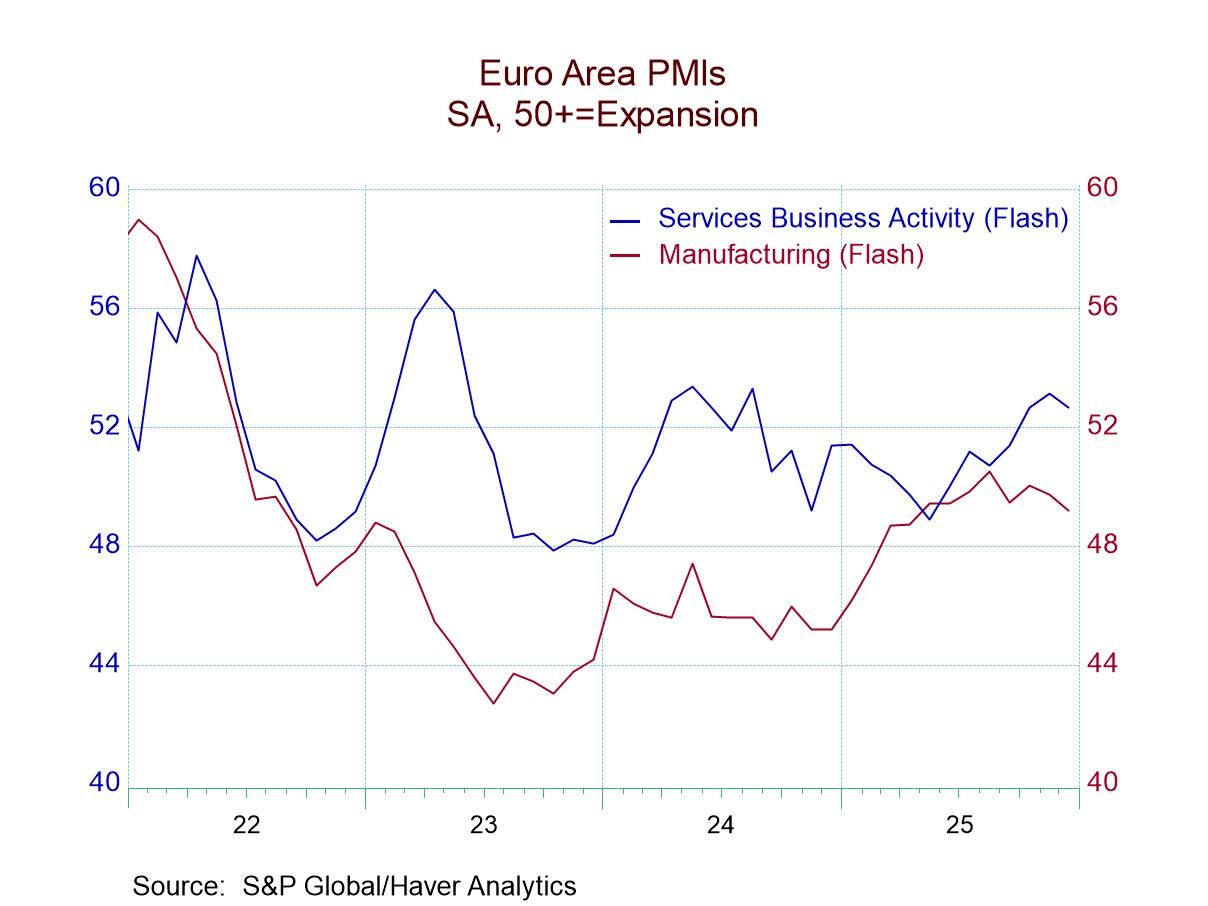 Global| Jan 11 2021
Global| Jan 11 2021FIBER: Industrial Commodity Prices Continue to Strengthen
by:Tom Moeller
|in:Economy in Brief
Summary
• Production gains lift prices. • Commodity price strength remains broad-based. Strength in industrial output is continuing. Industrial production rose during each of the seven months ended November, up 20.5% during that period. At [...]
• Production gains lift prices.
• Commodity price strength remains broad-based.
Strength in industrial output is continuing. Industrial production rose during each of the seven months ended November, up 20.5% during that period. At the same time, the Industrial Materials Price Index, from the Foundation for International Business and Economic Research (FIBER), has increased by roughly one-quarter.
Price strength in the metals group has continued with a 32.5% six-month rise and a 4.8% gain during the last four weeks. Steel scrap prices jumped 80.4% in six months and zinc prices rose by roughly one-third during that period. The price of copper scrap rose 29.0% in six months while aluminum prices rose one-quarter over that period. Lead prices are close behind with a 13.1% six-month rise.
Prices in the crude oil & benzene group rose 19.5% during the last six months and 2.0% during the last four weeks. A 22.5% half-year rise in crude oil prices to $49.52 per barrel powered the increase. Excluding crude oil, industrial commodity prices have risen 23.5% in six months and 3.5% in the last four weeks. Prices of the petro-chemical benzene rose 69.8% in the last six months.
These gains have been accompanied by a 34.8% rise in prices in the miscellaneous group during the last six months. Framing lumber costs nearly doubled during the period. This increase was accompanied by a 39.2% half-year rise in natural rubber prices, though they declined during the last four weeks. Plywood prices have been unchanged since December 2019.
Prices in the textile group improved 4.7% in the last six months as cotton prices rose 25.4%. The cost of burlap, used for sacks, bags and gardening improved 10.3% in six months and 1.4% in the last month alone.
Continued recovery in industrial output will help support commodity prices. Forecasts from the National Association for Business Economics call for a 3.4% four-quarter rise in real GDP in 2021, following a 2.6% decline this year.
The Foundation for International Business and Economic Research (FIBER) develops economic measurement techniques as applied to business cycles and inflation in the U.S. and other market economies. The commodity price data can be found in Haver's DAILY, WEEKLY, USECON and CMDTY databases.
| FIBER Industrial Materials Price Index (%) | 4-Week | 3-Month | 6-Month | 12-Month | 2020 | 2019 | 2018 |
|---|---|---|---|---|---|---|---|
| All Items | 3.8 | 14.5 | 23.5 | 14.6 | 13.5 | 1.1 | -12.0 |
| Excluding Crude Oil | 3.5 | 13.8 | 23.5 | 17.0 | 16.0 | -0.6 | -11.1 |
| Textiles | 1.6 | 3.8 | 4.7 | 4.3 | 3.9 | -1.6 | -2.8 |
| Cotton (cents per pound) | 9.8 | 22.7 | 25.4 | 14.5 | 11.6 | -6.6 | -9.2 |
| Metals | 4.8 | 24.6 | 32.5 | 24.0 | 20.4 | -4.3 | -12.2 |
| Aluminum ($ per metric ton) | 0.3 | 15.5 | 25.1 | 13.6 | 13.1 | -6.5 | -12.7 |
| Copper Scrap (cents per pound) | 3.4 | 22.0 | 29.0 | 29.8 | 26.9 | 3.5 | -16.1 |
| Steel Scrap ($ per ton) | 18.7 | 64.4 | 80.4 | 56.2 | 43.6 | -0.8 | 2.3 |
| Crude Oil & Benzene | 2.0 | 20.9 | 19.5 | -9.3 | -9.7 | 20.2 | -20.0 |
| Crude Oil (WTI, $ per Barrel) | 7.5 | 25.7 | 22.5 | -19.9 | -21.4 | 35.5 | -24.4 |
| Miscellaneous | 5.4 | 12.2 | 34.8 | 28.8 | 29.1 | -0.0 | -14.8 |
| Framing Lumber ($ per 1000 board ft.) | 21.3 | 23.0 | 92.0 | 123.5 | 113.5 | 22.6 | -23.1 |
| Natural Rubber (cents per pound) | -9.0 | 11.2 | 39.2 | 38.7 | 48.6 | 10.7 | -4.1 |
Tom Moeller
AuthorMore in Author Profile »Prior to joining Haver Analytics in 2000, Mr. Moeller worked as the Economist at Chancellor Capital Management from 1985 to 1999. There, he developed comprehensive economic forecasts and interpreted economic data for equity and fixed income portfolio managers. Also at Chancellor, Mr. Moeller worked as an equity analyst and was responsible for researching and rating companies in the economically sensitive automobile and housing industries for investment in Chancellor’s equity portfolio. Prior to joining Chancellor, Mr. Moeller was an Economist at Citibank from 1979 to 1984. He also analyzed pricing behavior in the metals industry for the Council on Wage and Price Stability in Washington, D.C. In 1999, Mr. Moeller received the award for most accurate forecast from the Forecasters' Club of New York. From 1990 to 1992 he was President of the New York Association for Business Economists. Mr. Moeller earned an M.B.A. in Finance from Fordham University, where he graduated in 1987. He holds a Bachelor of Arts in Economics from George Washington University.


